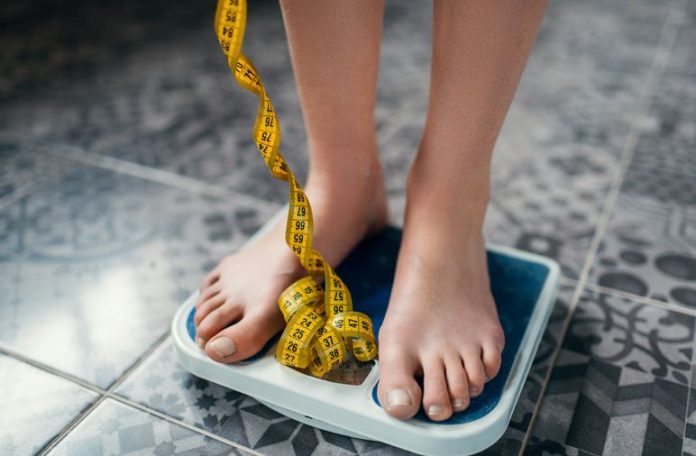We all know the familiar story; you go through your teenage years, are active, and you may play a little sport on weekends. Because of your high activity level and age, your metabolism is also high, so your weight is not a problem.
Unfortunately, this makes you complacent, and you develop a taste for fatty junk food. You develop a habit of unhealthy eating because your metabolism helps you burn off most of the calories from junk food, so the adverse effects remain unnoticed.
As you move into adulthood, your priorities change, and you give up sports and focus more on work and social activities such as parties and drinking. The presence of excess body fat should not be a cause for concern or anxiety if you are already practicing healthy habits that aid in weight management.
However, as you get to your 30s or 40s, you have considerable body fat and start seeing the health problems associated with your unhealthy lifestyle. Without realizing it, you have set off a pattern of harmful habits in your life, steadily introducing a growing number of unhealthy decisions with each passing year.
It has made things worse for both you and your overall well-being. Your body fat and overall health seem to worsen, and there is no apparent way to halt this process.
The Good News
The good news is that you can use the snowball effect to achieve health and weight loss by incrementally improving your lifestyle across multiple areas. This approach will assist in shedding extra pounds and enhancing overall well-being.
Immediate results may be absent from making minor lifestyle changes. Still, combining these improvements across different areas of your life will ultimately result in the weight loss you aspire to.
Here is a list of things you can do to start your new weight loss snowball rolling:
1. Get Active –
You need to exercise to burn off some body fat and strengthen your heart. A good starting point is walking, as it is a low-impact, low-risk activity. Start with a short walk first and aim to walk farther and longer each time. Once you have improved your fitness, incorporate some star jumps, stop halfway through your walk, do some star jumps, and then complete your hike.
2. Eat Healthier –
Gradually replace high-fat and high-sugar foods with healthier alternatives. First, start with one meal a day and progress from there. After a while, you will become more accustomed to healthy food and make better choices.
3. Eat Smaller Meals –
It is better to have more frequent small meals than three large ones, so try cutting down your portions and having a piece of fruit between meals.
4. Cut out Sugar Drinks –
Avoid soda as it adversely affects your blood sugar, promotes body fat accumulation, and interferes with your hormonal equilibrium.
5. Reduce Alcohol –
It is advisable to reduce your intake of alcoholic beverages and soda drinks as they have comparable impacts on your body.
6. Drink lots of Water –
Water plays a crucial role in disposing of unnecessary substances from our bodies. It helps remove waste from our bodies when trying to lose weight. Drinking Water while eating can contribute to a sense of being full.
7. Get Plenty of Sleep –
A noticeable correlation exists between being overweight and not receiving sufficient sleep. Insufficient sleep can impact the body’s hormones and various other factors, hence the reason for this.
8. Eat Slower –
Many individuals in the Western world consume their meals rapidly, resulting in hindrances to proper digestion and excess food intake. By savoring your meal and taking time to eat, you will experience greater contentment with a smaller amount of food.
Weight loss doesn’t occur rapidly, but by gradually making minor improvements in various aspects over time, the cumulative effect will eventually slow down weight gain and promote weight loss.

